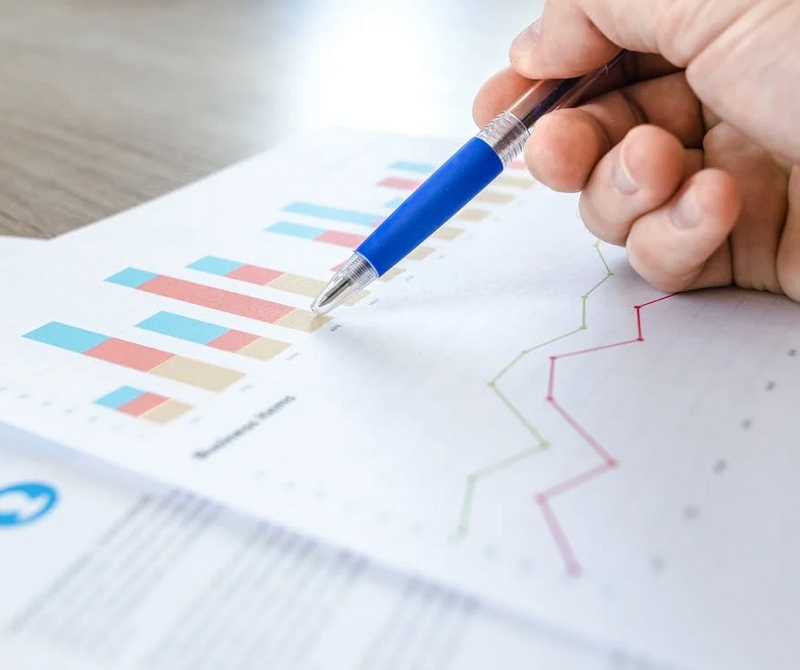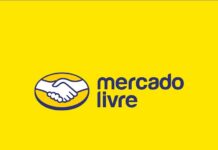Smart Packaging Market research demonstrates a CAGR (Compound Annual Growth Rate) of 8.91% during the forecasted period of 2022 to 2030. The research valued at USD 6.65 billion in 2021 and is estimated to display a significant improvement of USD 14.52 billion by 2030.
People’s changing lifestyles is the primary driving force for smart packaging market’s growth. Convenience, communication and marketing, confinement, and protection and preservation are the four essential elements of food packaging that people need today. People are more worried about the freshness of food and protection against dust, dirt, smell, water vapors, heat, oxygen, light, insects, and microorganisms as urbanization grows.
Furthermore, what is communicated through the packaging, such as preparation directions, nutritional statistics, and an ingredients list, is noticed. Smart packaging aids in the comprehensive monitoring of informative aspects. Plastic packaging is used for beauty goods and cosmetics because of its lightweight, cost-effectiveness, and versatility. It does, however, harm the ecosystem.
Smart packaging, for this study, is a developing food packaging solution that combines active and intelligent technologies. Traditional packaging is becoming less capable of meeting the functional demands placed on it, because consumer desire for natural products and the increasingly long and diverse supply chains required to feed the world’s growing population.
A thorough grasp of consumer sentiments regarding proposed smart packaging technologies is necessary to assist ensure their commercial viability. Understanding the cultural, social, and cognitive elements that influence acceptability can aid in “fine-tuning” smart packaging creation to best meet customer preferences and demands, as well as ensuring that consumer concerns are addressed, and advantages are successfully communicated. This review of 28 peer-reviewed academic publications highlights the present state of knowledge.

Intelligent packaging encompasses smart, linked, and interactive packaging technologies. These solutions are intended to conduct intelligent functions such as tracing, tracking, recording, and detecting, as well as assist in enhancing product quality, giving information, assuring product safety, and extending product shelf life.
Both the producer and the consumer profit from smart packaging technologies. Producers who design and/or manufacture all or part of the solutions, such as packagers, material and technology providers, stand to benefit. Value creation for smart packaging users comes in the form of three applications: improved supply chain efficiency, improved product quality, and improved consumer interaction.
The first incidence of COVID-19 was identified in December 2019, and the virus has since spread swiftly over the world. Workplace and leisure limitations, among other public health measures, have had a substantial impact on daily living and the global economy, resulting in a global recession.
Various brands in the food, beverage, healthcare, cosmetics, logistics & transportation, consumer electronics, consumer goods, personal care & home care industries have used intelligent packaging.
The report provides an analysis of the current smart packaging market trends and future estimations. Extensive analysis of the smart packaging market share is conducted by following key product positioning and monitoring of the top competitors within the market framework. To request a copy of Smart Packaging Market, click here.



















